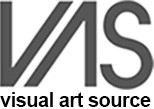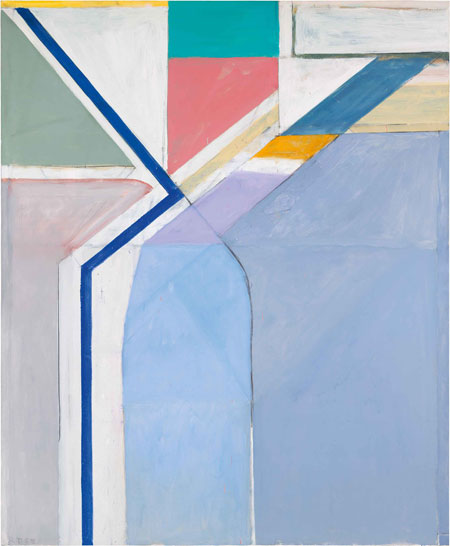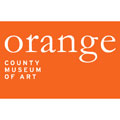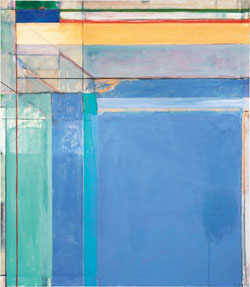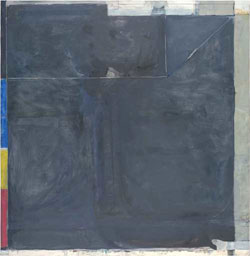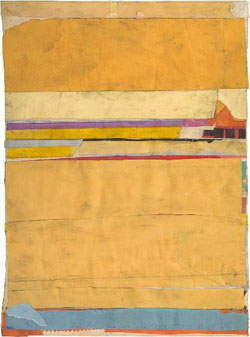The Orange County Museum of Art (OCMA) in Newport Beach, California, recently opened the exhibition Richard Diebenkorn: The Ocean Park Series. On view through May 27, 2012, this exhibition is the most comprehensive show to date of Diebenkorn’s highly celebrated body of work, the Ocean Park series. Co-organized by OCMA and the Modern Art Museum of Fort Worth, Texas, the exhibition is curated by OCMA curator Sarah C. Bancroft. Presenting more than 75 Ocean Park paintings, prints, and drawings—the largest selection ever on view together—this unprecedented project offers visitors the first opportunity to explore in-depth the complexity of Diebenkorn’s artistic and aesthetic achievements within this series. On loan from prominent museums, institutions and private collections across the country, many of the works in the exhibition have rarely been on view to the public.
Recognized as a leading West Coast Abstract Expressionist in the 1950s, Diebenkorn turned his attention to figurative painting in 1955 and achieved equal success in this style. Soon after his early retrospective presented at the Pavilion Gallery in Newport Beach in 1965 (now the Orange County Museum of Art), the artist moved from the Bay Area to Southern California and set up a studio in the Ocean Park neighborhood of Santa Monica. At this time, he returned to abstract painting, and during the next two decades created one of the most compelling and masterful bodies of work in American art: The Ocean Park series.
The series represented not only a break with the artist’s preceding representational work in Berkeley, but also a divergence from contemporaneous artistic developments in Southern California. Although the Ocean Park works would become Diebenkorn’s most celebrated, some of the most basic facts about this series are not well known: Diebenkorn made no fewer than 145 Ocean Park paintings, including the small cigar box lids paintings from the mid-to late 1970s. His works on paper (drawings, collages, and paintings on paper) would number nearly five hundred, and his prints—often overlooked and rarely shown in conjunction with the paintings—represent another significant body of work.
Early Ocean Park paintings evoke the translucency and radiance of stained-glass windows, with thick white bands articulating planes of jewel-toned colors. By the mid-1970s, these bands had given way to the architectonic geometry of thinner black and colored lines that girded the paintings. Right angles, strips of color, and diagonal and straight-edge markings along the top and one side of the canvas were counterpoised with expanses of canvas at the center that together revealed a palimpsest of mediums and hues that would converge into a single composition of many planes. A cluster of darkly-hued compositions—dominated by black, dark blue, or grisaille—appear in the very last years of the series, and the last large-scale painting, Ocean Park #140, was completed in 1985. However, Diebenkorn continued to make smaller works on paper in his Ocean Park studio until 1988, when he and his wife Phyllis moved to Northern California.
Each work was for Diebenkorn an exploration for “rightness”: an attempt to solve complex and often self-imposed compositional and special problems, welcome mistakes, push through objections and self-doubt to come to a balanced resolution. The artist worked and reworked the canvas, scraping and repainting, building up layers and abstract geometric relationships, atmospheric fields and planes, finally arriving at a resolution. Anger, frustration, hesitation, despair, relief—all came to bear on the paintings, a combination of intention, intuition, and improvisation. Diebenkorn was certainly affected by his environment, the light and colors and atmosphere, but the Ocean Park works were not abstract landscapes of his surroundings.
By presenting paintings, prints, and drawings—capturing his practice of working in diverse media—this exhibition presents a long-overdue opportunity to explore the breadth and depth of the series as never before possible, showing conclusively the variety, subtlety, and complexity of the artist’s practice. In addition to the well-known paintings, this presentation includes the lesser-known small oils painted on cigar box lids, which the artist gave to his family and friends; some of the most significant and ambitious prints the artist produced; and a diversity of drawings and collages; all of which lend new insight into the artist’s working process when shown in conjunction with the paintings. Spanning two decades, the exhibition reveals the artist’s stylistic evolution and explorations throughout this extraordinary body of work.
